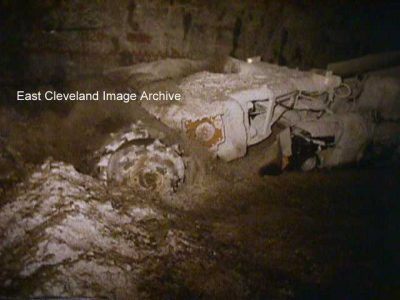
Seeing this image gives me a new respect for the modern breed of miner – this has to be a pretty bad environment to earn a crust in!
As Alan says: ”Milling was done after a heading was mined, if there was still a good grade of Potash in the floor or to regain a passable roof height. If the roof had dropped or the floor had heaved; it was easy tonnage as generally no probe drilling or roof bolting to do, as in usual face mining.”
The Heliminer has now been identified as a 1060 by N. Readman, who also advised: ”The motors go straight through into the head and it has no prop shaft.”
Image and information courtesy of Alan M. Franks, thanks to N. Readman for the identification and update.
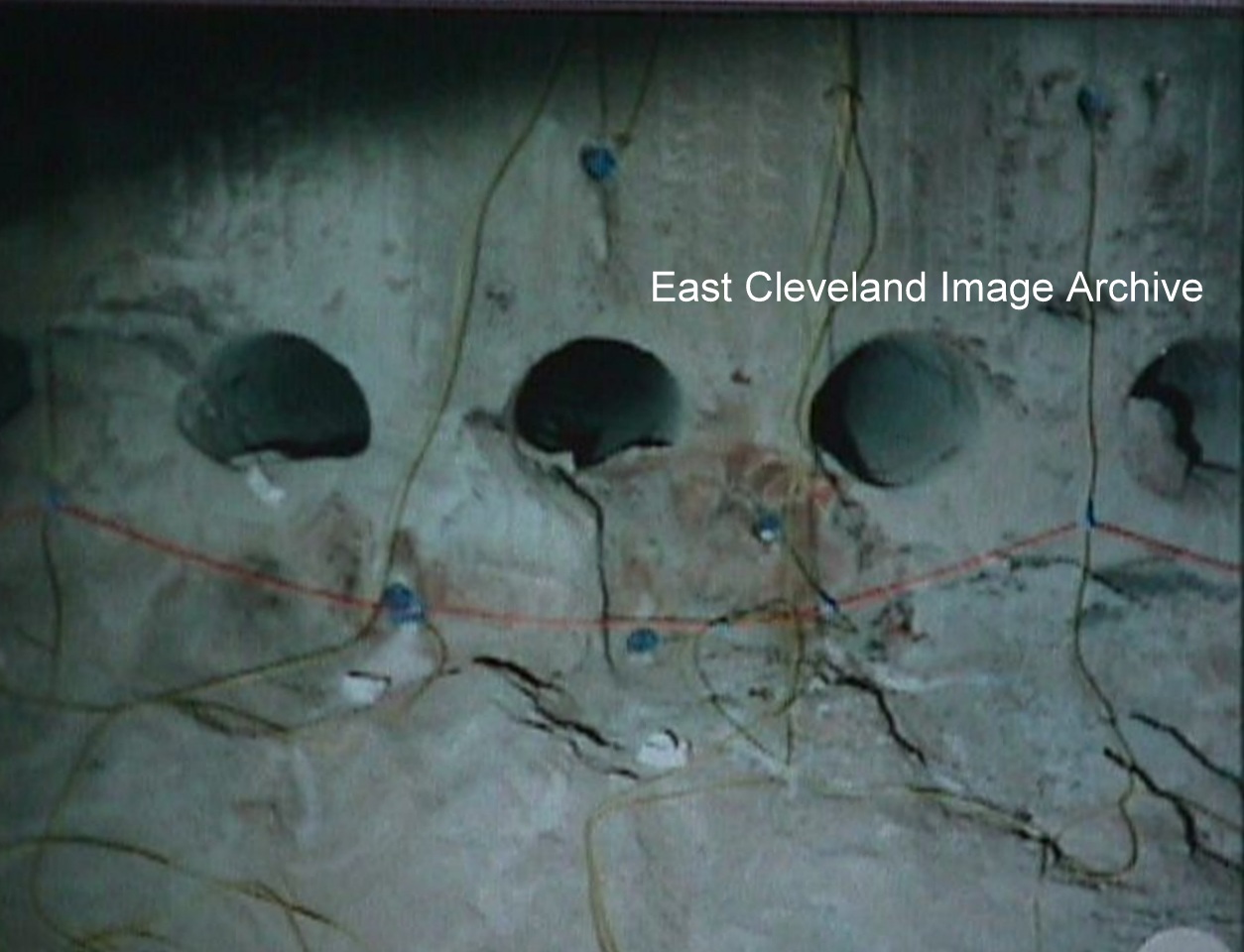
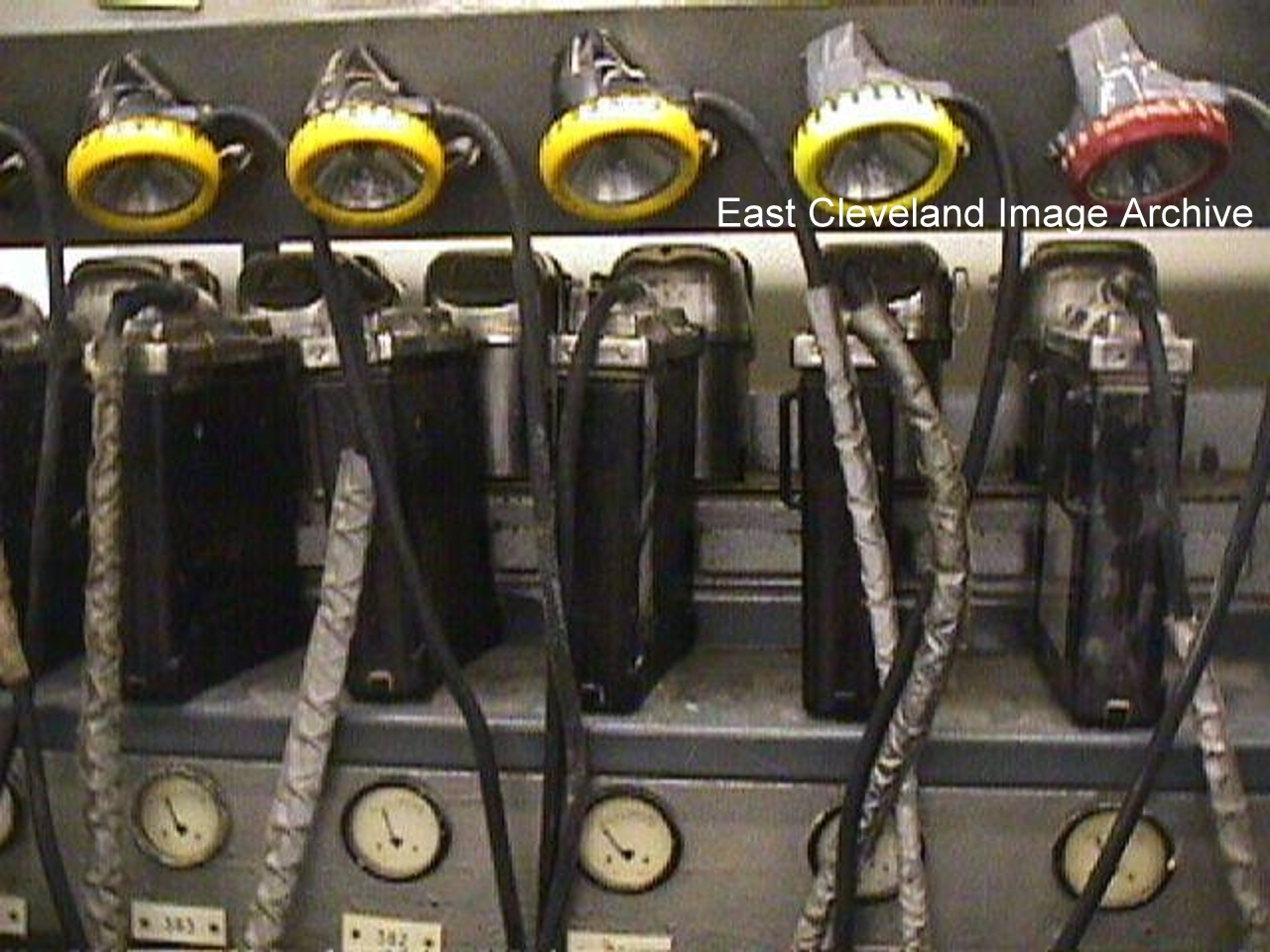
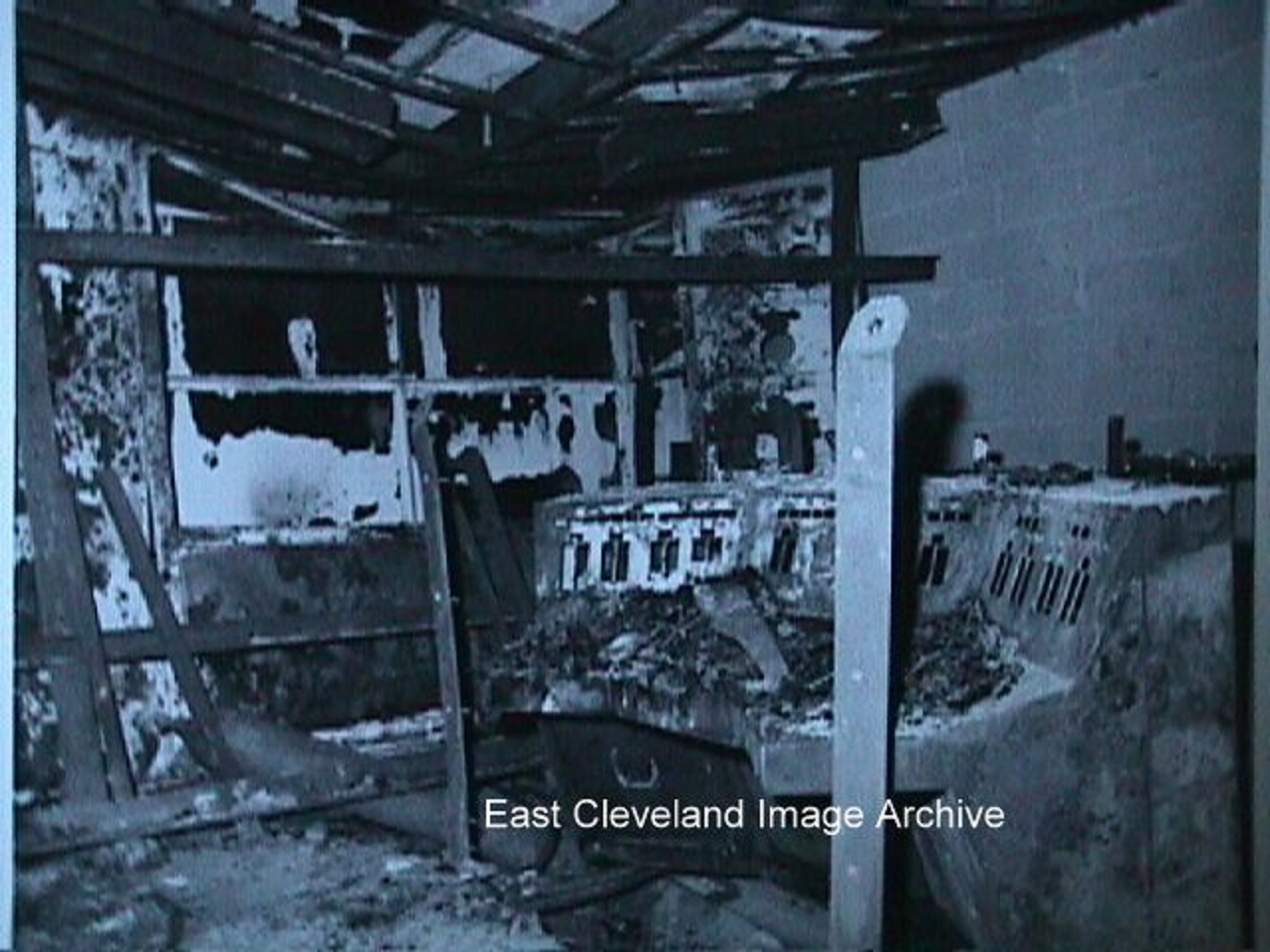
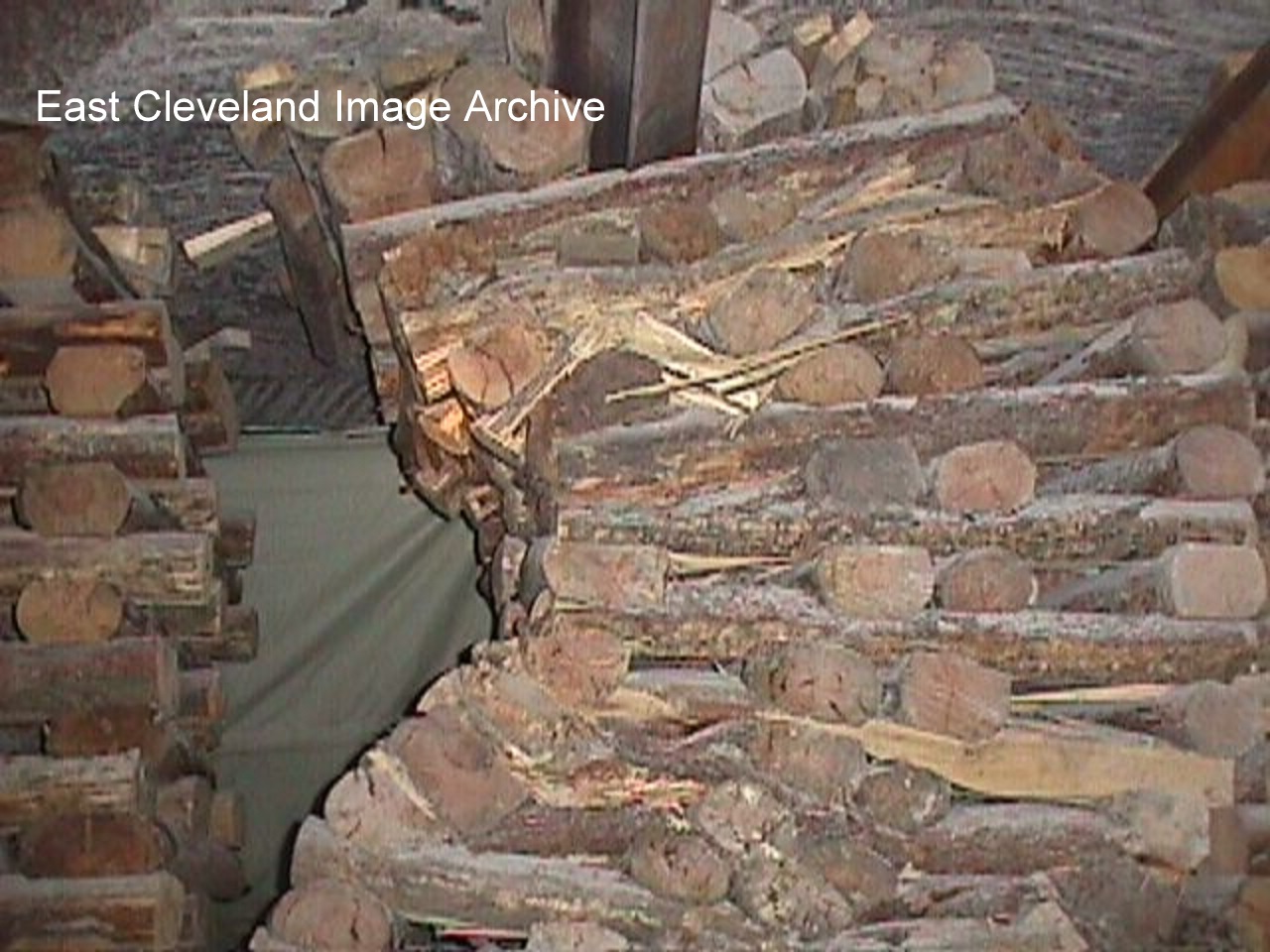
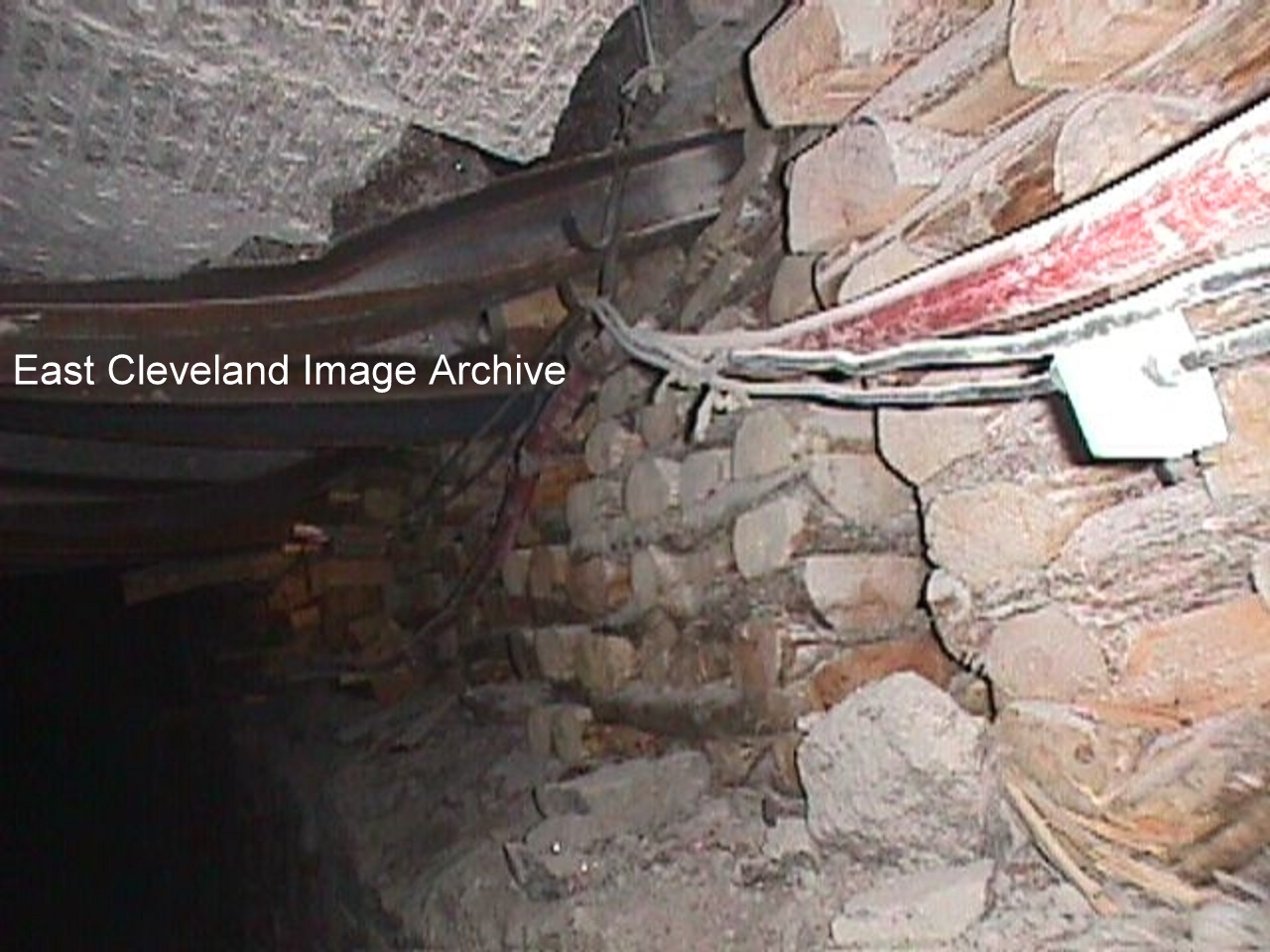


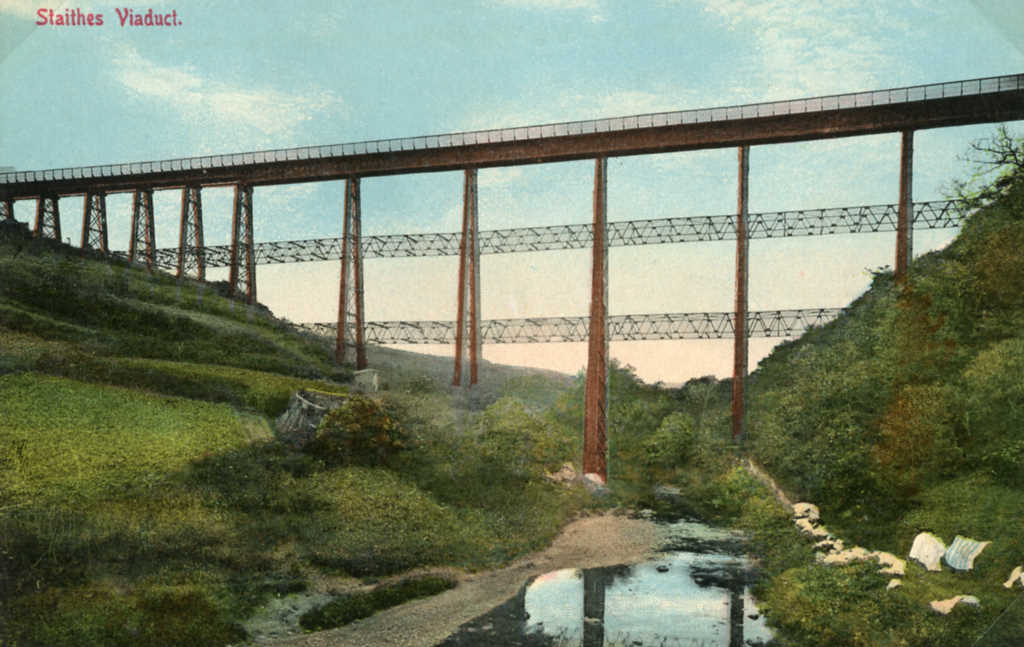
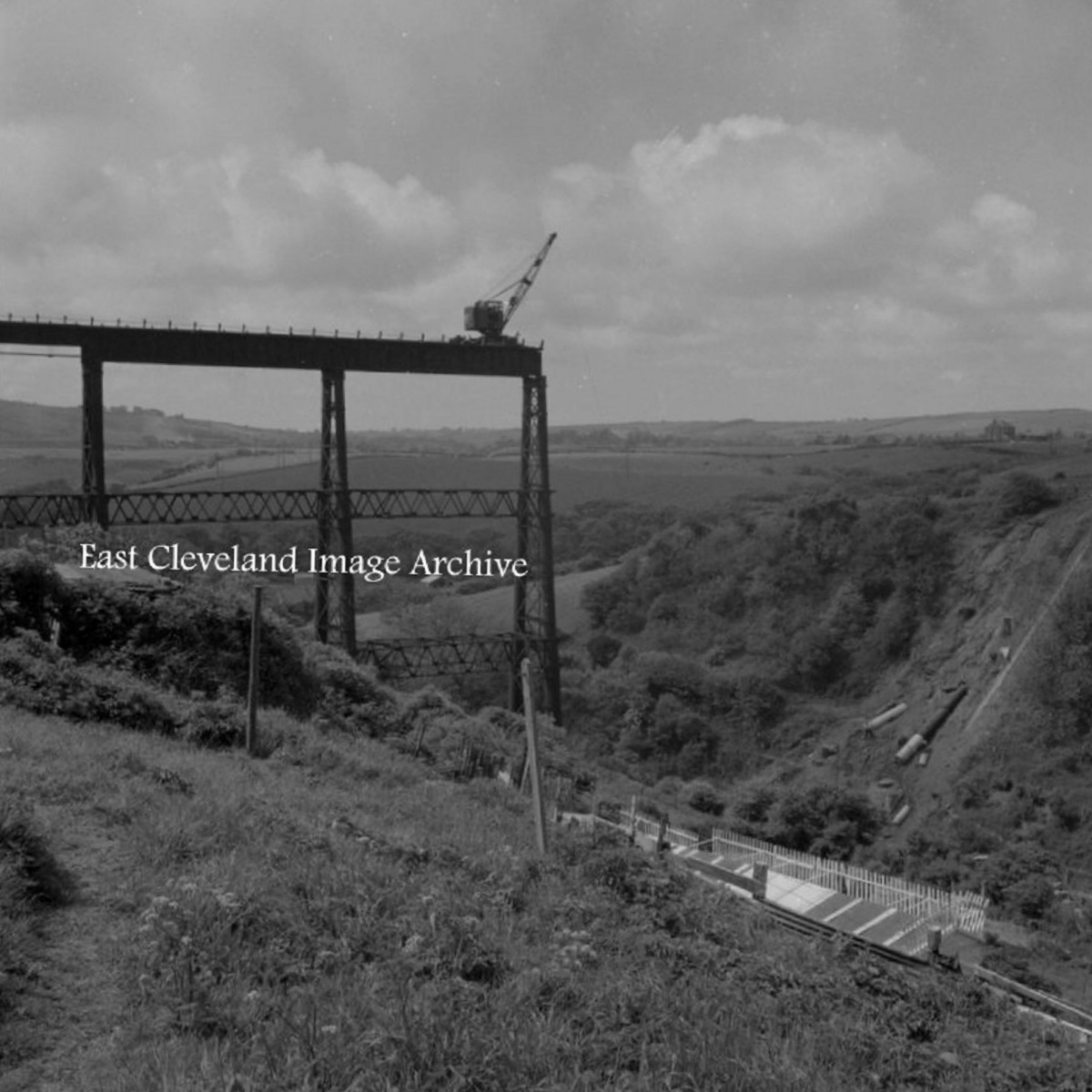
Recent Comments